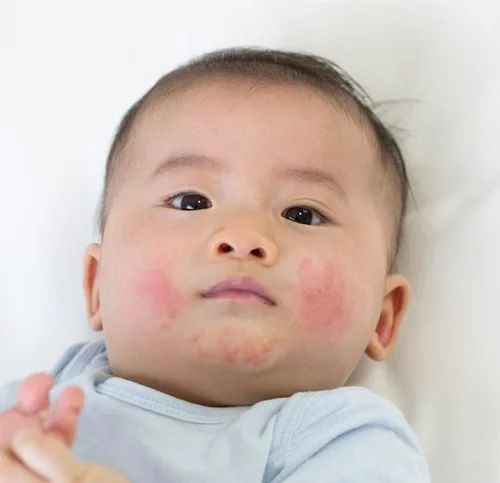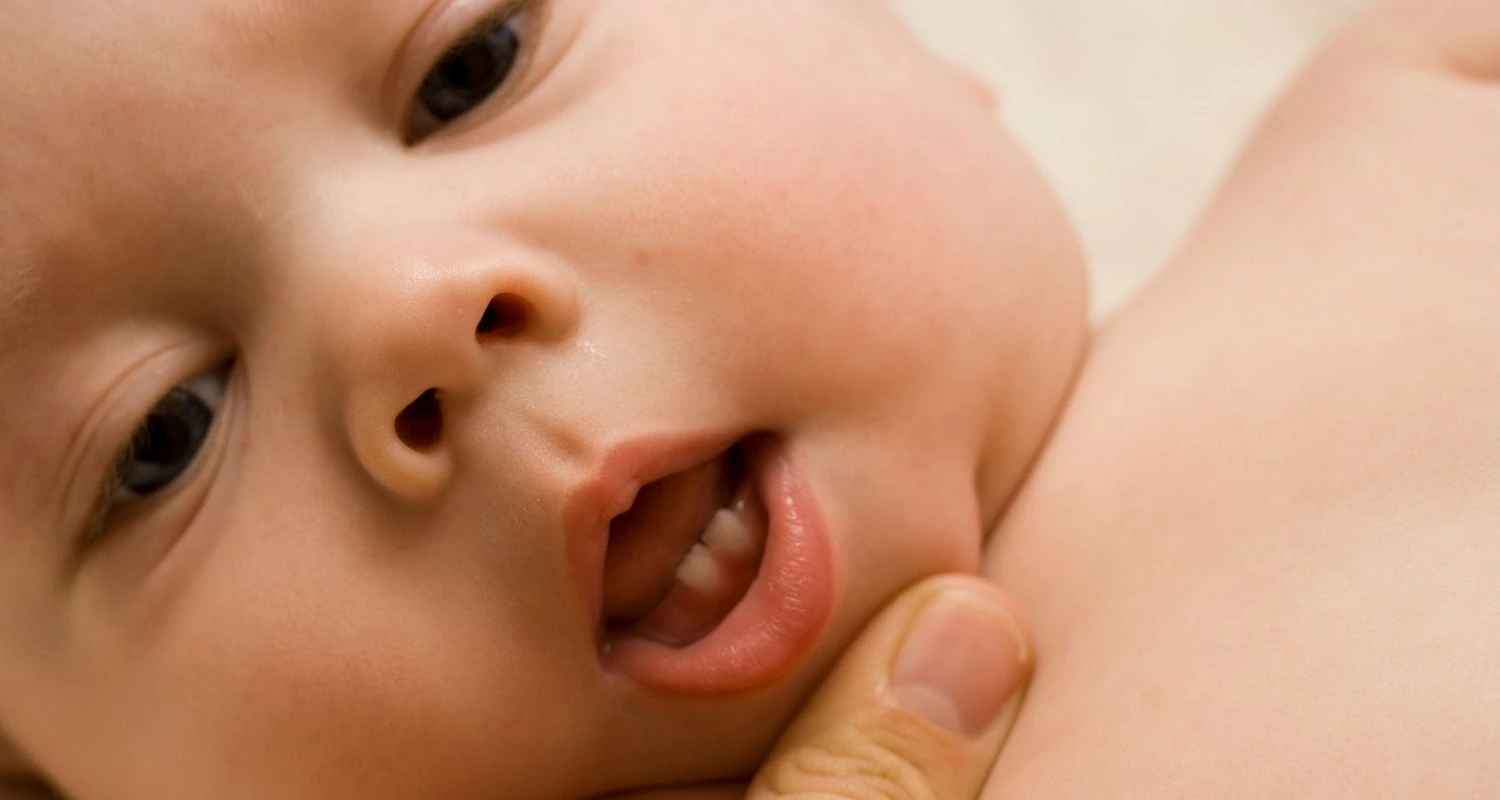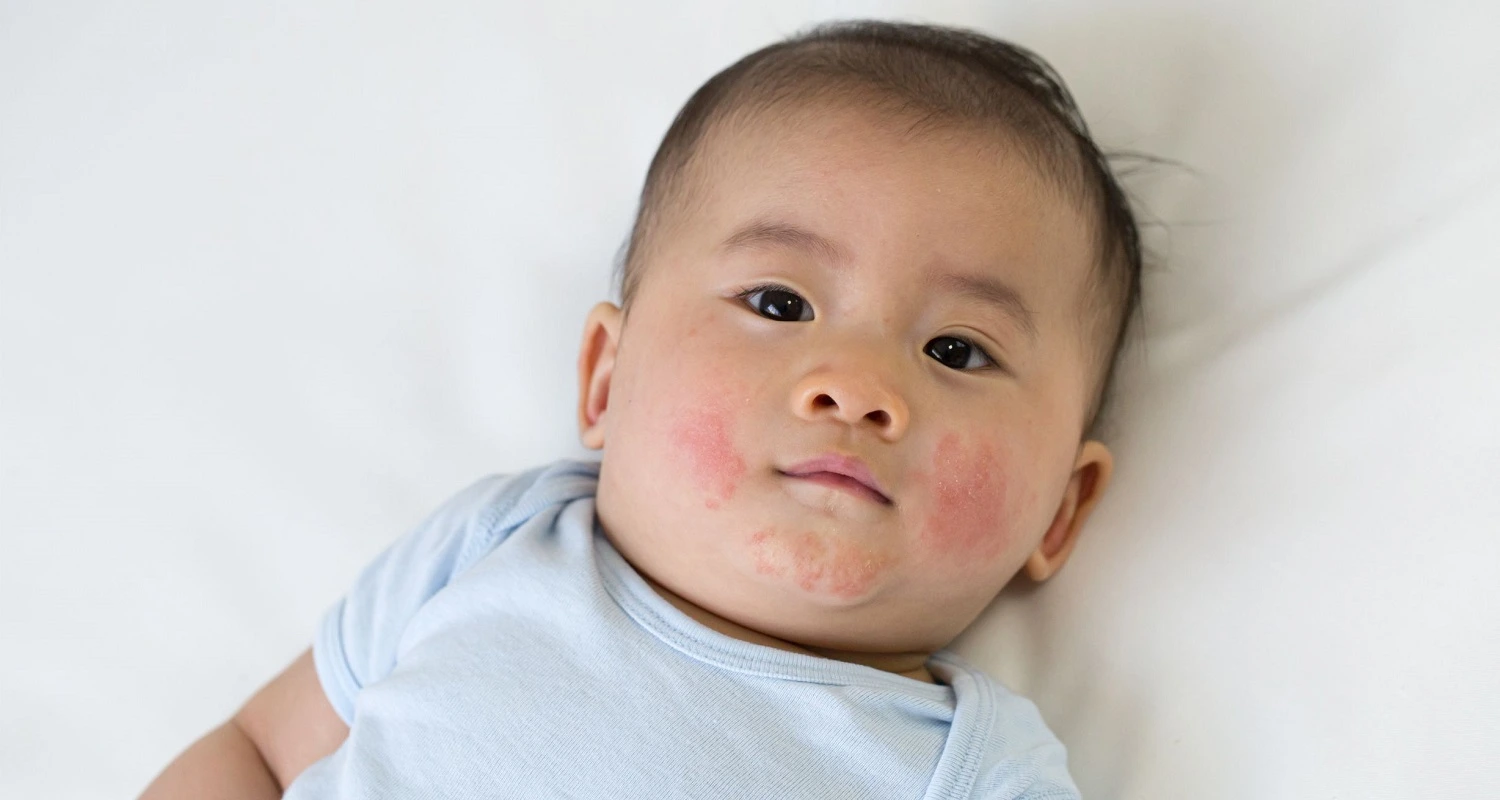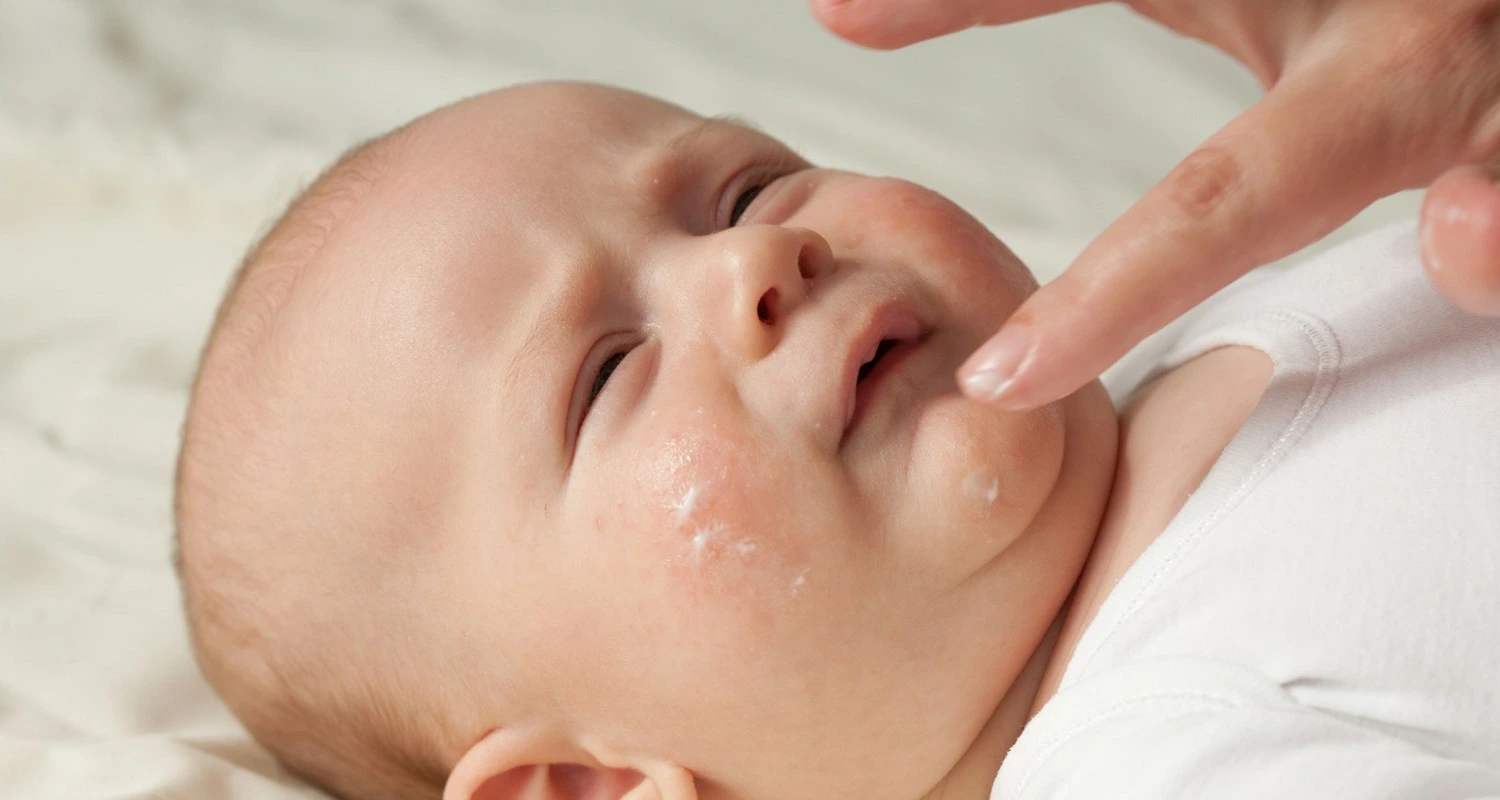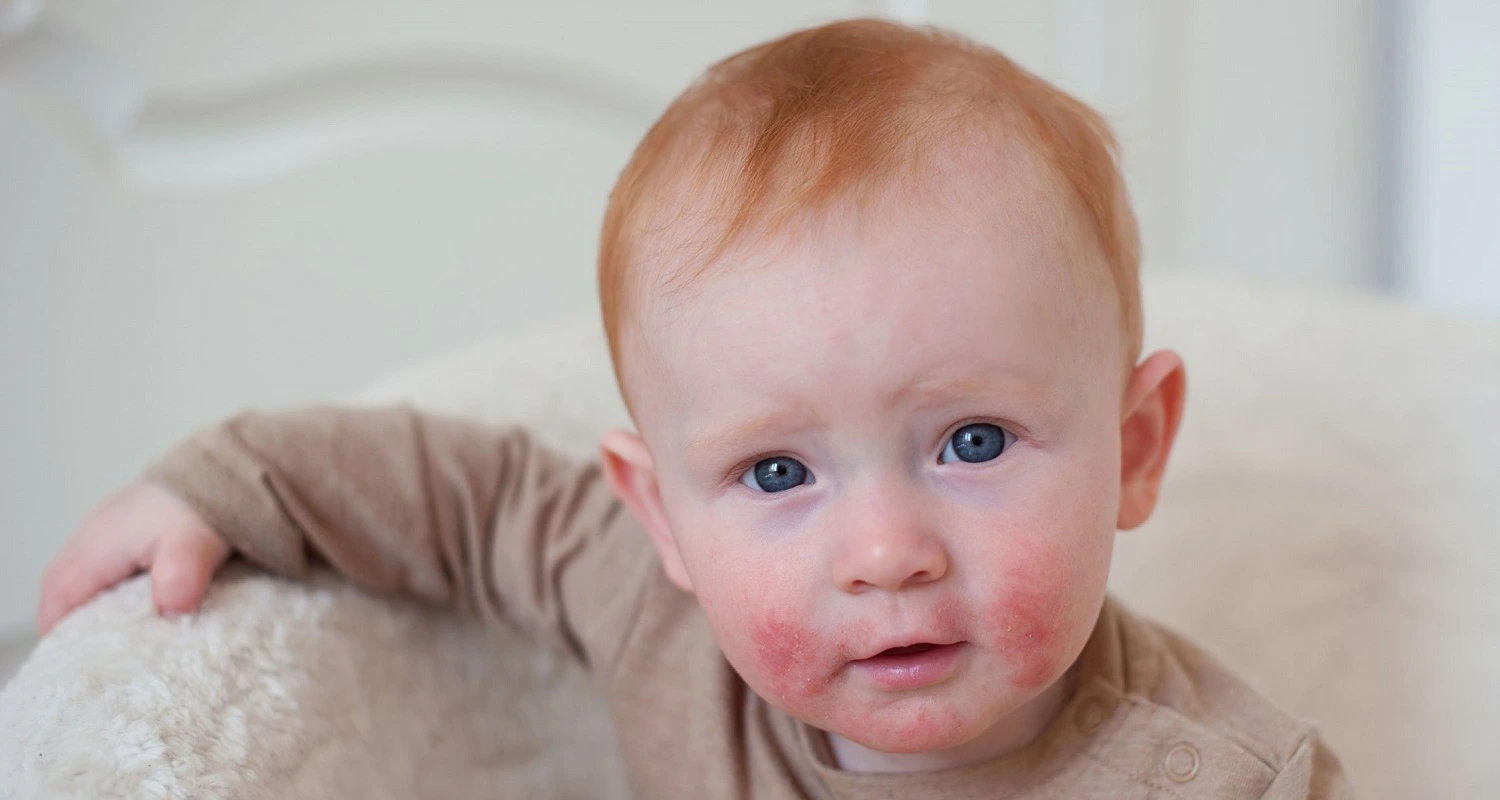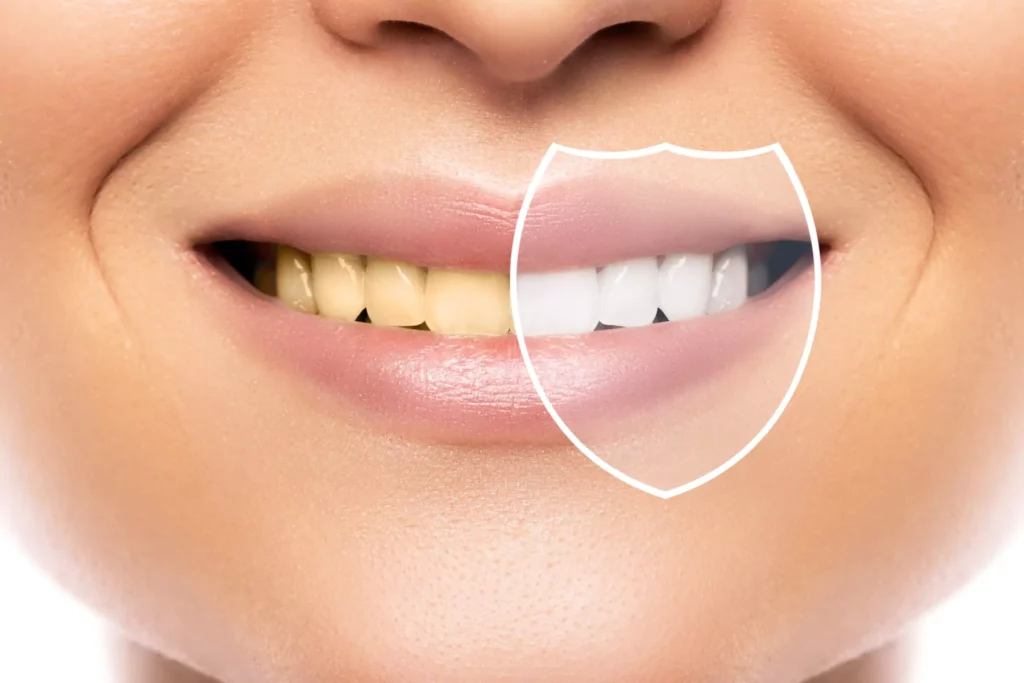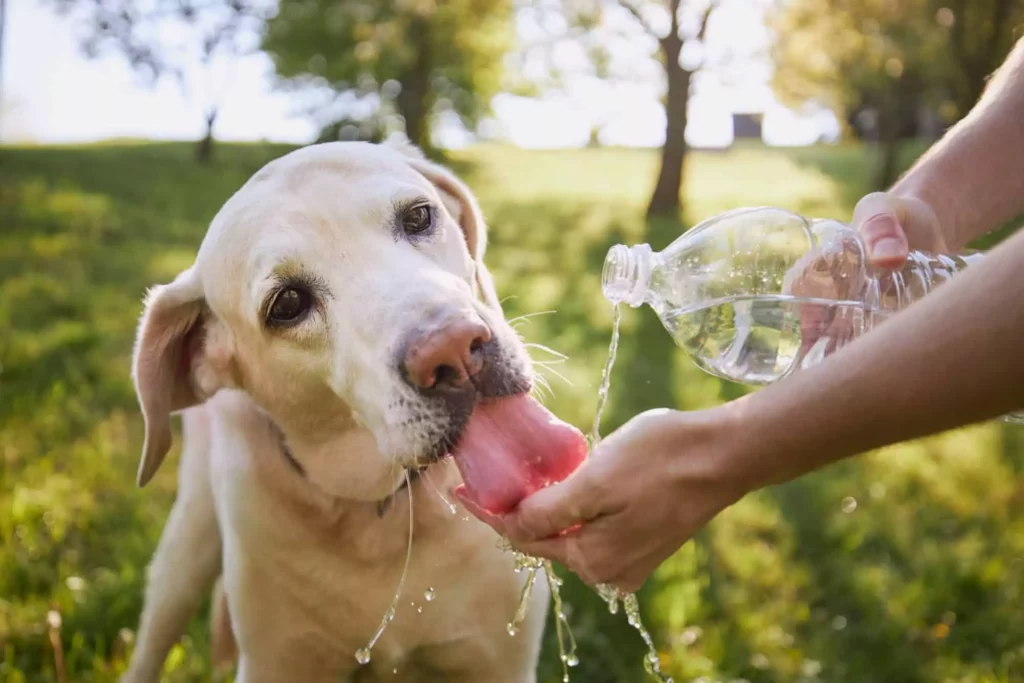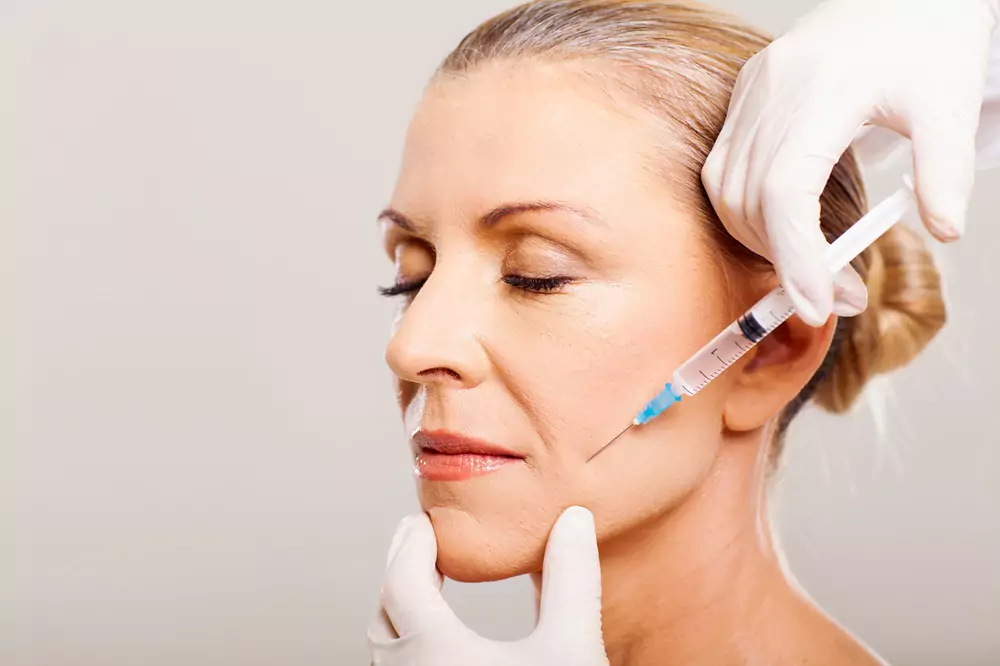The teething rash is one of the causes of irritation in the dentition stage of a baby.
A new baby in the family is a surprising and pleasant event for all people; however, not all parents know what they are facing in the wonderfully chaotic world of infants.
When do Teeth Appear in Babies?
Teething in babies, or deciduous teeth, begins around 6 months of age with the eruption of the first lower central incisor, and it lasts until around 3 years of age. Tooth eruption is accompanied by symptoms that are generally not permanent. they may come and go for periods of time.
When a baby’s teeth start to emerge, parents should consider the crucial timing for beginning their oral care routine. For more information on when to start brushing a baby’s teeth, you can check this article.
What are the Symptoms of Teething Rash?
The symptoms of teething rash are:
• Swollen gums
• Restless behavior
• Poor appetite
• Difficulty to sleep
Another very common symptom is excessive salivation; this is precisely what causes skin rashes since saliva contains an enzyme that may cause skin irritation when it dries. The most common areas for skin rashes are on the neck and around the mouth. To learn about the causes of excessive salivation, you can read this article.
The beginning of teething is usually very painful for a baby, although more than pain, it entails discomfort, which is generally calmed by biting or putting objects within reach into the mouth.
What is Skin Rash?
Skin rash is an irritation or eruption that appears on the skin of babies. It is associated mainly with the accumulation of saliva around the mouth during the teething process.
Therefore, skin eruptions are not caused by the dentition itself. Rather, they are due to the excess salivation produced during this period. In some cases, it may present a bad odor due to the consumption of excess food or milk.
Such a rash appears as red or discolored patches, and in some cases it appears cracked, giving the skin a dry appearance.
The teething process as such does not cause a fever. If the baby has a fever or his crying is louder and more frequent than usual, it is best to consult a doctor since fever is more often associated with infectious processes caused by bacteria or viruses.
How to Prevent a Skin Rash?
While it is true that diseases occur without warning, many can be prevented. In the case of a skin rash due to teething, measures can be taken to help the baby with any discomfort caused by drooling:
• The first thing is to keep a bib on the baby or at least close by so when you see excess saliva, it can be dried, preventing it from drying on the skin. Do not excessively rub the skin as this will further irritate it.
• A very good option is to keep the baby hydrated, that is, give him water to refresh his mouth, thereby avoiding excessive drooling.
• Utensils such as “tooth llama”, gum scrapers, or massaging rings are ideal for babies since they can be put in their mouths and “scratch the gums”, affording a feeling of comfort. It is recommended that it be a gel so it can be washed and, if possible, kept in the refrigerator, not the freezer, so when the baby needs it, it is cold.
Is there any Treatment for Skin Rash?
The skin rash must be managed and observed by a pediatrician; however, actions can be taken at home to improve the symptoms and comfort the afflicted baby:
• If he drinks and already has skin rashes, you can use a moisturizing cream or a balm that allows you to keep the skin hydrated by generating a natural barrier. Note that lanolin cream is a good option.
• Be sure to keep the baby’s clothes dry. Clothes wet with saliva can irritate the baby’s skin.
• Limit the use of pacifiers, since these can store saliva and food remains. If you use them, wash them well to avoid the accumulation of saliva on their surface.
• Food: Babies enjoy frozen or cold pieces of fruit to help with the consequences of excess saliva. This option affords comfort and is healthy at the same time.
• Acetaminophen: To calm any discomfort and help the baby sleep, some doctors recommend the use of pain relievers just before bedtime. If this is an option, be sure to consult your doctor first to learn the exact dose your baby requires.
• Avoid the use of analgesic or anesthetic gels, as they contain ingredients that are often unsafe for a baby. Plus the relief provided is temporary and can cause gum irritation that is usually painful.
When Should the Doctor be Consulted?
If the symptoms persist and the baby’s crying continuously, or if he or she exhibits a high temperature, it is best to consult with a pediatrician immediately. Although the teething process is normal as is the discomfort caused, fever and pain are not. A condition can put the baby’s life at risk.
There are other types of diseases that in appearance are very similar to skin eruptions caused by salivation in the teeth:
• Atopic dermatitis
• Infective erythema
• Foot and mouth disease
• Meningitis
Recommendation
A teething rash is simple to manage; you just have to prevent saliva from drying on the baby’s skin. With proper management, it will disappear between 7 to 10 days after treating it. Despite the fact that teething rash symptoms can be managed at home, do not let your guard down.
If the baby presents other symptoms or changes in behavior, follow-up should be carried out and the need to consult a pediatrician should be evaluated.
Frequently Asked Questions
Can teething cause a rash on the body?
Along with swollen gums, fussiness, sleeplessness, and a refusal to eat, babies may develop a rash around their mouth, neck, or chest due to teething. This rash is commonly known as a teething rash, drool rash, or teething diaper rash.
How to distinguish between a teething rash and an allergy rash?
Contact dermatitis is caused by an allergic reaction to an irritant that comes into contact with your baby’s skin. In the case of a teething rash, the irritant is your baby’s saliva, also known as dribble.
How do you treat a teething rash?
The most effective way to treat a teething rash is by keeping the affected area clean and dry. Applying a healing balm can also be beneficial. Emollient creams create a water barrier that helps keep the area dry and prevents drool from irritating your baby’s skin.
Should I apply anything to a baby's rash?
Depending on the type of rash, antihistamines might be recommended to reduce itching. If there is a bacterial infection, antibiotics may be prescribed. For diaper rash caused by yeast, a specific antifungal cream may be necessary. If the rash is severe and not yeast-related, a corticosteroid cream might be advised.
What are some natural remedies for teething rash?
Choose products that include soothing and healing herbs like calendula, chamomile, lavender, and aloe vera. Balms are particularly effective as they provide a moisture barrier while still allowing the skin to breathe.
Share:
References
1. Al-Shehri SS, K. C. (September 1, 2015).Plos one. Obtenido de Breastmilk-Saliva Interactions Boost Innate Immunity by Regulating the Oral Microbiome in Early Infancy: https://journals.plos.org/plosone/article?id=10.1371/journal.pone.0135047
2. Christine Lyttle, F. S. (17 November 2015).Pharmaceutical Journal. Obtenido de Tooth eruption and teething in children: https://pharmaceutical-journal.com/article/ld/tooth-eruption-and-teething-in-children
3. Gill, K. (July 26, 2018).healthline. Obtenido de Identifying and Treating Teething Rashes: https://www.healthline.com/health/parenting/rashes-with-teething
4. Melissa Wake, K.H. (October 12, 2002).BMJ. Obtenido de Teething symptoms: cross sectional survey of five groups of child health professionals: https://www.ncbi.nlm.nih.gov/pmc/articles/PMC128949/
5. Moyer, K. M. (October 31, 2020).Medical news today. Obtenido de What teething rash looks like and how to treat: https://www.medicalnewstoday.com/articles/teething-rash
6. NHS. (March 17, 2022).nhs. Obtenido de Tips for helping your teething baby: https://www.nhs.uk/conditions/baby/babys-development/teething/tips-for-helping-your-teething-baby/
-
Nayibe Cubillos M. [Author]
Pharmaceutical Chemestry |Pharmaceutical Process Management | Pharmaceutical Care | Pharmaceutical Services Audit | Pharmaceutical Services Process Consulting | Content Project Manager | SEO Knowledge | Content Writer | Leadership | Scrum Master
View all posts
A healthcare writer with a solid background in pharmaceutical chemistry and a thorough understanding of Colombian regulatory processes and comprehensive sector management, she has significant experience coordinating and leading multidisciplina...



